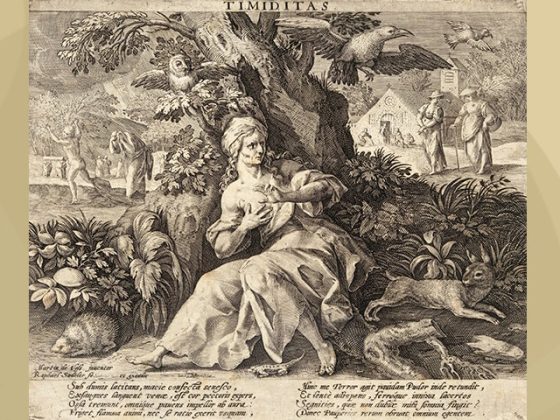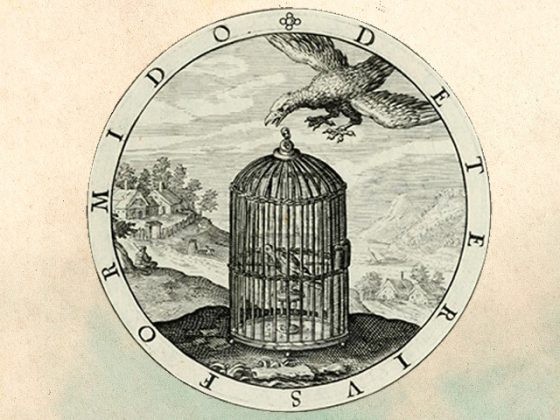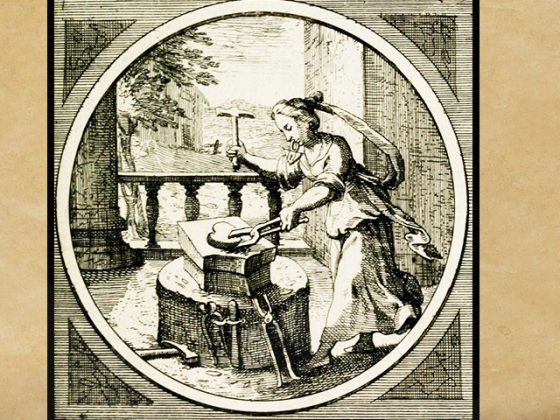Dearly beloved reader friends:
By means of these lines I want to address all of you, and this time write to you about the life of…
…SAINT BARTHOLOMEW THE APOSTLE
Twelve were the men chosen by the V.M. Aberamentho to help him develop his sacred doctrine and to participate in his terrible drama that we know today with the epithets of drama of the Calvary or drama of Golgotha.
All of them gave their lives entirely to follow the Messiah, who had been mentioned so often in biblical prophecies for many centuries, and, having directly felt those realities by the acts they saw the Nazarene perform, they abandoned everything so as to only dedicate themselves to going out into the world preaching the good news that the Theomegalogos offered to this humanity immersed in confusion and perversion.
One of those men whom history now calls Apostles was, precisely, a disciple of the Great Kabir of Galilee who is remembered as Saint Bartholomew the Apostle…
On this occasion, to tell you about this martyr, I will take as a subject a sculpture that is in what is now called the Duomo of Milan, or the cathedral of the Italian city that we now call Milan.
This sculptural work was made by the Renaissance artist named Marco d'Agrate, who lived between the years 1504 and 1574. The sculpture is located in front of the ancient mausoleum, in the right transept, and it is the most renowned work of art inside this majestic mausoleum.
This work represents the Apostle Saint Bartholomew, who was flayed alive, without skin, which is hanging from his shoulders and falls in front as if it were a mantle. The Apostle carries in his left hand an open book and in his right hand a knife. The Master Alchemists of the early days of Christianity, and throughout the Middle Ages, symbolized the Mercury of the sages in the form of an open book, indicating to us with this image that the sacred waters had already been fecundated by the divine Sulfur or Fire of the blessed Stella Maris. On the other hand, the knife that the Apostle carries does not simply allude to the way in which his life was taken, but symbolizes the knife of self-observation of ourselves to then find the dissolution of the animal Ego in each one of us.
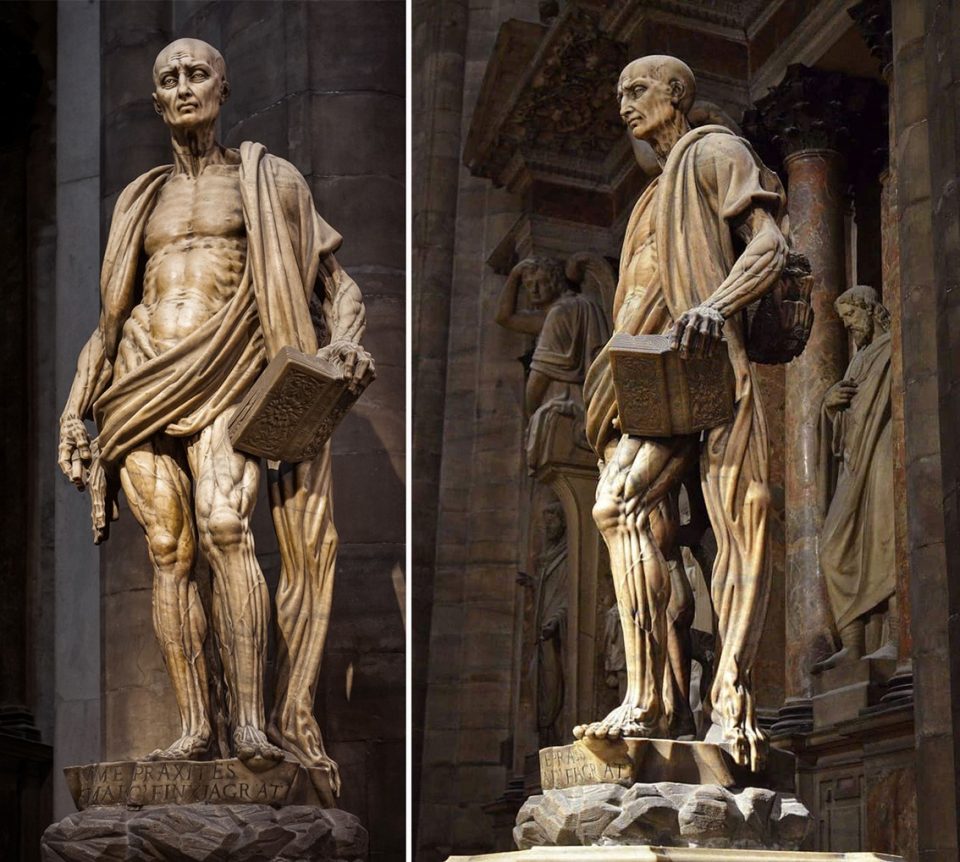
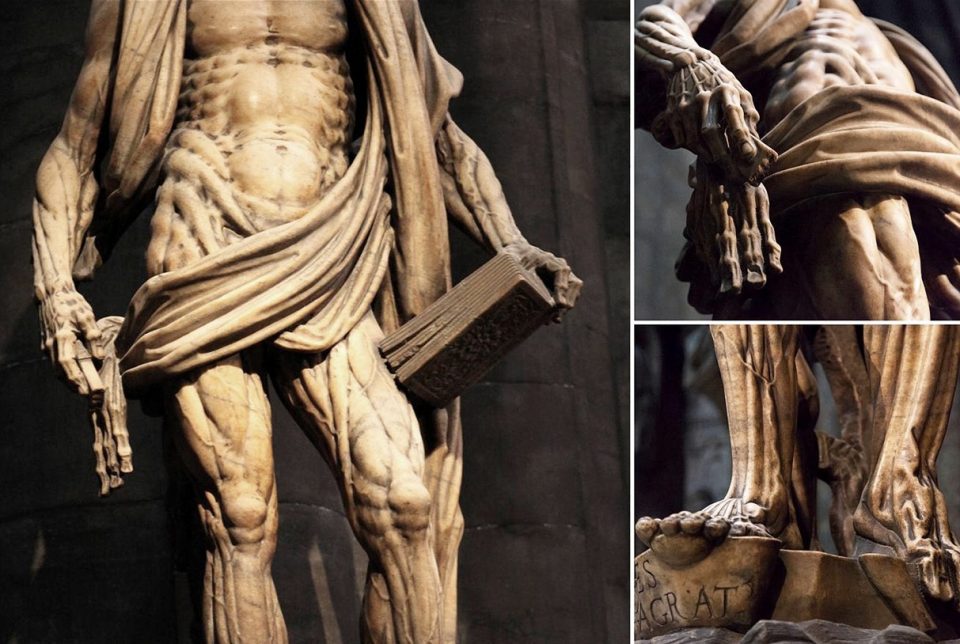
Studying this magnificent work of art closely, we realize that the gaze of Saint Bartholomew scrutinizes the infinite and also shows a profound pain. At the base of this sculpture we can read an inscription that tells us in Latin: “NON ME PRAXITELES SED MARC FINXIT AGRAT”. This sentence translated tells us: ‘I was not made by Praxiteles but by Marco d'Agrate…'. We must not forget that Praxiteles was the most renowned Greek sculptor of the fourth century BC.
Entering now into the matter, it is good to remember that only by being cruel to ourselves ─in our struggle against our animal Ego─ can we, finally, give reality to that lapidary sentence that many Masters of transmutatory art emphasized: “May the flesh abandon the bones!”.
We need, companions, to experience terrible voluntary suffering and to experience many conscious sacrifices. Obviously all this by means of the psychological didactics that our Avatar and Patriarch, V.M. Samael Aun Weor, opportunely showed us throughout his masterful works on Gnosticism. The didactics of the death of our psychic aggregates was known by Tibetan Buddhism thousands of years ago, and therefore there are representative sculptures of a really skeletal yogi and sitting in the lotus position to enter into profound inner meditation.
When we study the life of the Apostles of V.M. Aberamentho we are astonished at the death that each one of them encountered at the end of his life. All were tragic deaths, filled with immense pain impossible to describe in words. Some were sawn apart, others beheaded like Paul of Tarsus, etc., etc., etc. And faced with these unexpected deaths, a question arises in our minds: Did they all pay terrible karmas for having served the Christ and thereby seeking to achieve their spiritual liberation?
ANSWER: Yes and no. Certainly, when someone is about to abandon the Wheel of Samsara —the wheel of births and deaths— it is obvious that before he can do so he must pay even the last penny he has outstanding with the courts of karma because of our wrong actions in previous existences. That is the law, such is the price of liberation. But, on the other hand, these deaths were framed by history as a message for all humanity, seeking to make it aware of the urgent need to divorce ourselves from the Mayavian illusion of our existence so as to surrender ourselves into the arms of the BEING.
All this was known beforehand by the V.M. Aberamentho and this is what he confided to his twelve Apostles, who in turn accepted the challenge posed to them by the Solar Logos… It is also important not to forget that heaven is taken by assult and only the brave ones have taken it!, says the Hermetic tradition.
How many of us would be able to give even the last drop of our blood for the love of the THIRD FACTOR OF THE REVOLUTION OF CONSCIOUSNESS? Would we be able to attain these sacrifices? Let us reflect, friends, for the path of Self-Realization will always demand more and more sacrifices from us each time we yearn to draw closer and closer to the kingdom of the Eternal….
I give you now some sentences for reflection:
“The merit of people sets the price of their actions.”
Christina from Sweden
“Nature makes the merit and fortune implements it.”
François de La Rochefoucauld
“Martyrdom is a rubric of faith.”
Fray Damian Cornejo
“God always wounds those whom he prepares for eternal salvation.”
Saint Isidore of Seville
“There is no diligence or wisdom that can prevent what heaven has ordained to happen.”
Cervantes
MEMENTO MORI.
─‘Remember that one day you will die’─.
KWEN KHAN KHU


